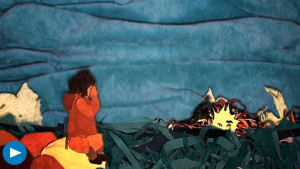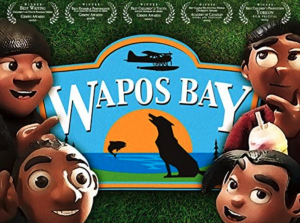As settler educators, when incorporating Indigenous perspectives into our pedagogy, we need to pay attention to the ways in which we do this. The Elementary Teachers’ Federation of Ontario (ETFO) released a document titled, Cultural Appropriation vs. Appreciation in 2019 that highlighted many of the key differences between the two. A few quick takeaways from the document include:
- “In terms of cultural teachings, it is not appropriate for educators to teach a culture that is not their own. Rather they should make connections with the Indigenous community itself to share their cultural knowledge.” (p. 9)
- “Cultural appropriation is taking and using Indigenous images, ideas, knowledge and material for purposes that hurt or damage the Indigenous community from which it belongs. Cultural appreciation uses this knowledge to benefit, build and partner with the Indigenous community from where it comes from.” (p. 9)
- “As part of the continued and collective learning about cultural appropriation vs. cultural appreciation, it is important that educators self-reflect on their own identity in relation to power and privilege.” (p. 10)
- “When learning about other cultural groups it is a good practice to constantly selfreflect on your own culture and identity. Everyone is coming with experiences from diverse backgrounds and it is through story that people can relate to one another.” (p. 16)
- “It is important to recognize that our intention can be different from our impact when we engage with a culture that is not our own.” (p. 17)
One of the challenges I hear about frequently among settler educators is that they would like to bring in Elders or Knowledge Keepers to speak with their students but are not sure where to start or what is “appropriate.” Pages 13 and 14 of this document discuss Indigenous traditions and engagement protocols giving educators a starting point.



